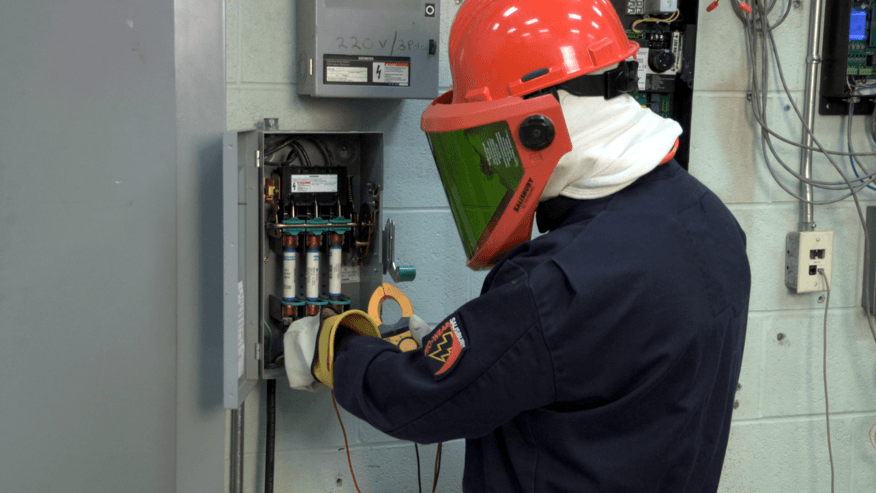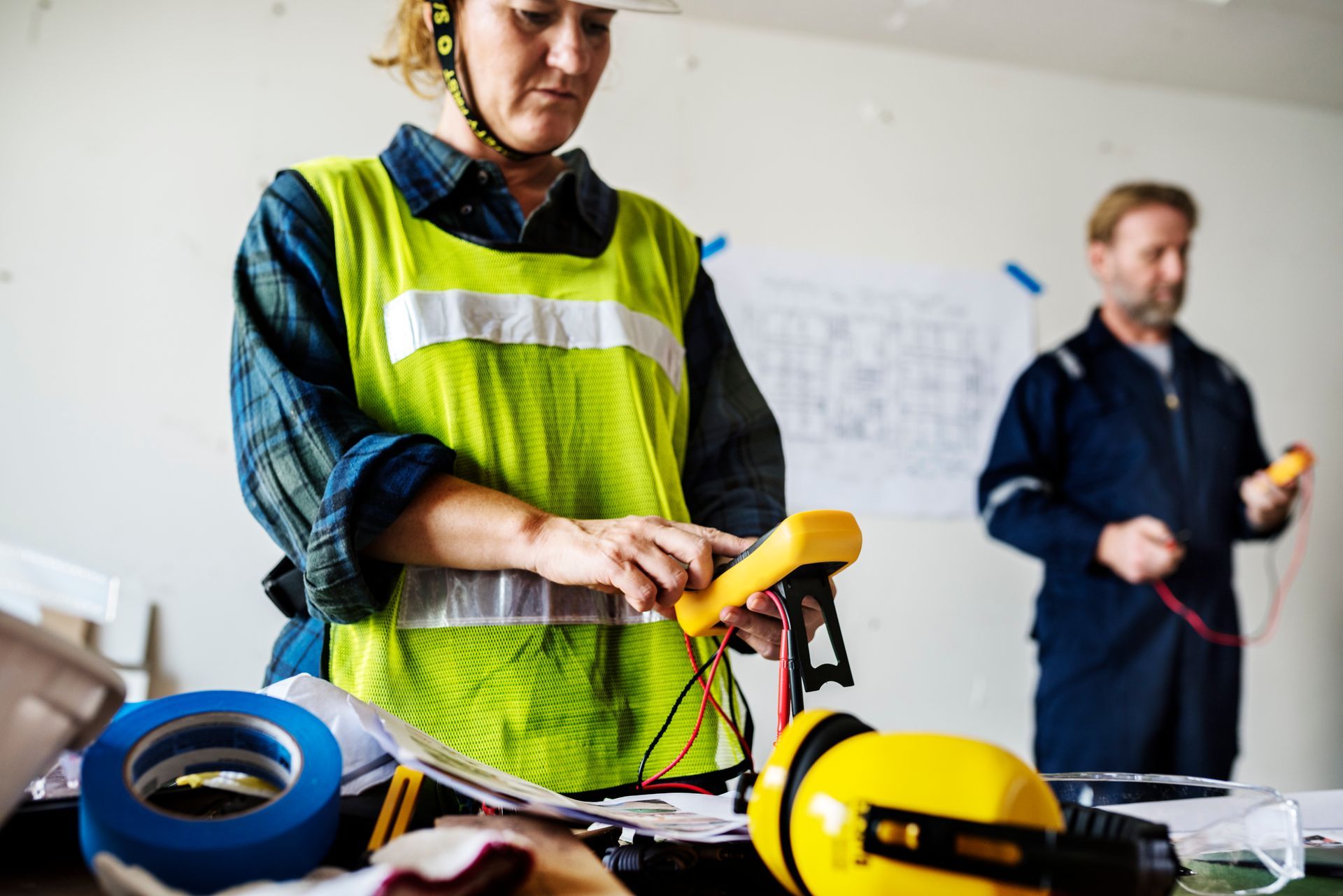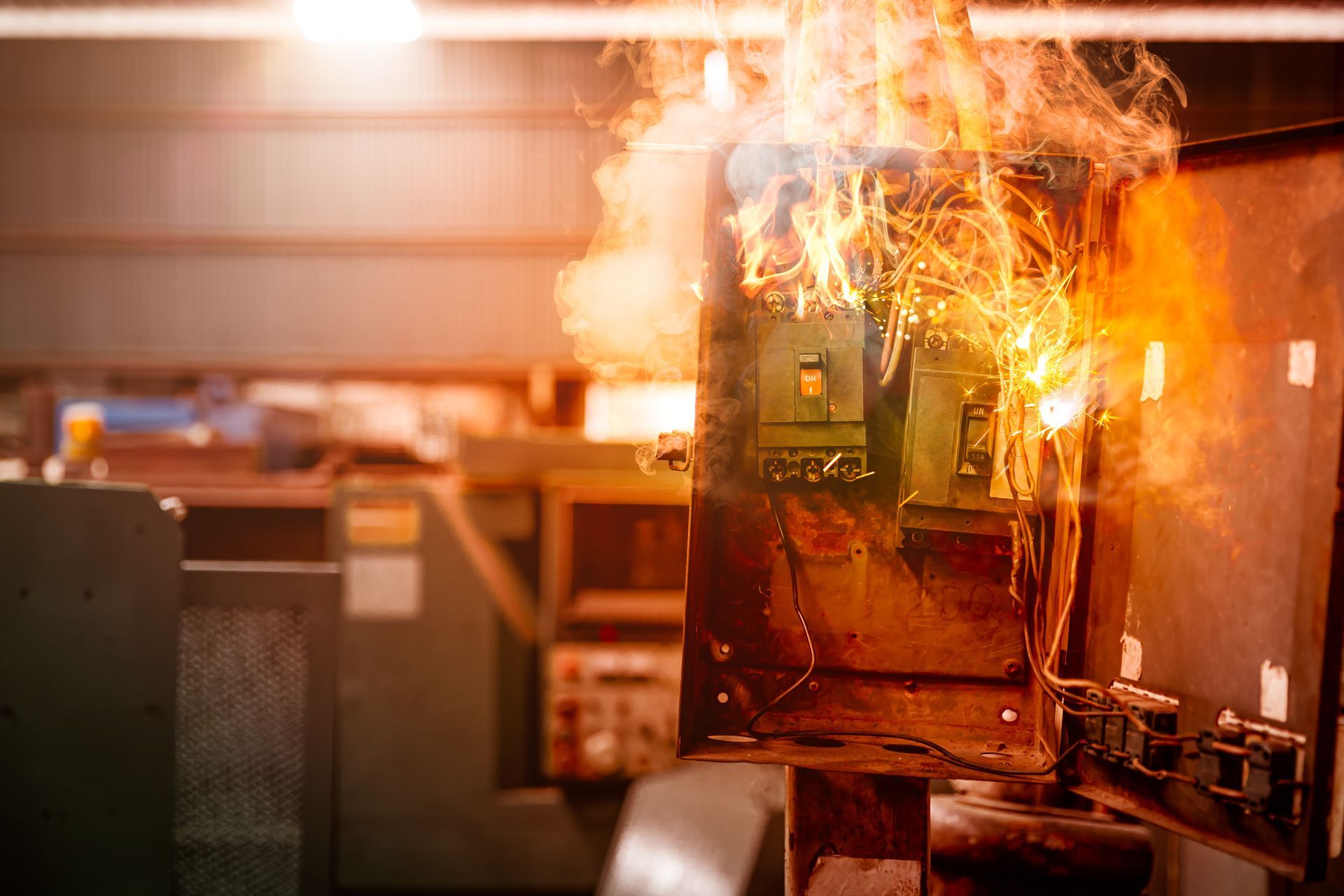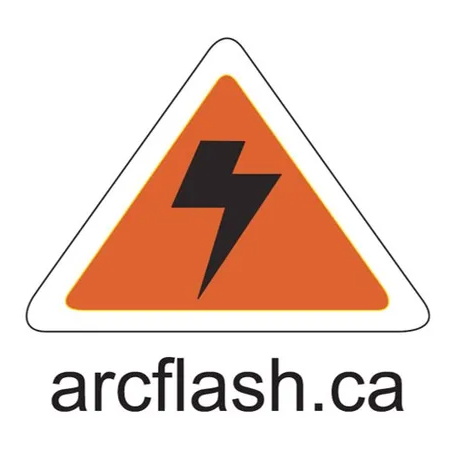Canada, It's Your Opportunity To Register For: How to Perform Arc Flash Studies Based On The 2018 Edition IEEE 1584
For The First Time In Canada, You Can Take Part In This Amazing Course In Both Toronto & Vancouver!

| Take a deep dive into the NEW 2018 Edition of IEEE 1584 with Jim Phillips as he shows you how to perform arc flash calculations and arc flash studies based on the latest edition of this landmark standard. After 16 years in the making, this second edition changes every thing you thought you knew about arc flash calculations and studies.
You will solve many in-class problems using Jim's calculation worksheets based on the NEW 2018 IEEE 1584. Learn how to perform intermediate and final calculations of incident energy, arcing current and arc flash boundary as well as enclosure size correction factor, arcing current variation correction factor calculations and much more!
|
Also, Have You Heard About The ***NEW*** Arcflash.ca Course: The Safe Application of Fuses For Industrial Mechanics & Millwrights?

This course is intended to provide Millwrights and Industrial Mechanics with a better understanding of Canadian fuse products and their applications in order to minimize the possibility of misapplication, ensuring the safety of both equipment and personnel. In addition to providing, through practical scenarios the safe application of fuses to avoid personal injury.
1 day- 6.0 hours
Contact us today for more information.
Workplace Electrical Safety Online Course - $100 Per Person
The workplace electrical safety online course is based on the 2018 edition of CSA Z462. The course has been developed for workers who are performing electrical work on energized systems. It provides guidance on industry best practices for the prevention of injury from arc flash and shock.
Click here for more information or to purchase.
Electrical Safety Assistance? There’s An App For That!
Don’t forget, our NEW Arc Flash Electrical Worker Quick Field Guide APP is available on Google Play for just $2.99!
We hope you enjoyed all of the information in our August Newsletter and look forward to hearing from you, as well as bringing more up-to-date electrical safety information and tips in our Fall Newsletter! As always, you are invited to contribute a story or a question that you would like to bring forward to other readers, related to workplace electrical safety or lockout, including PPE and safety equipment.
Please send your stories and questions to Len at len@arcflash.ca . You can also continue the conversation with us on our Linkden Workplace Electrical Safety Communications group!












